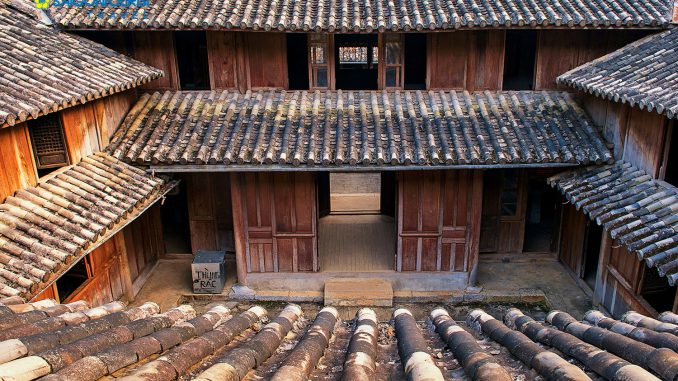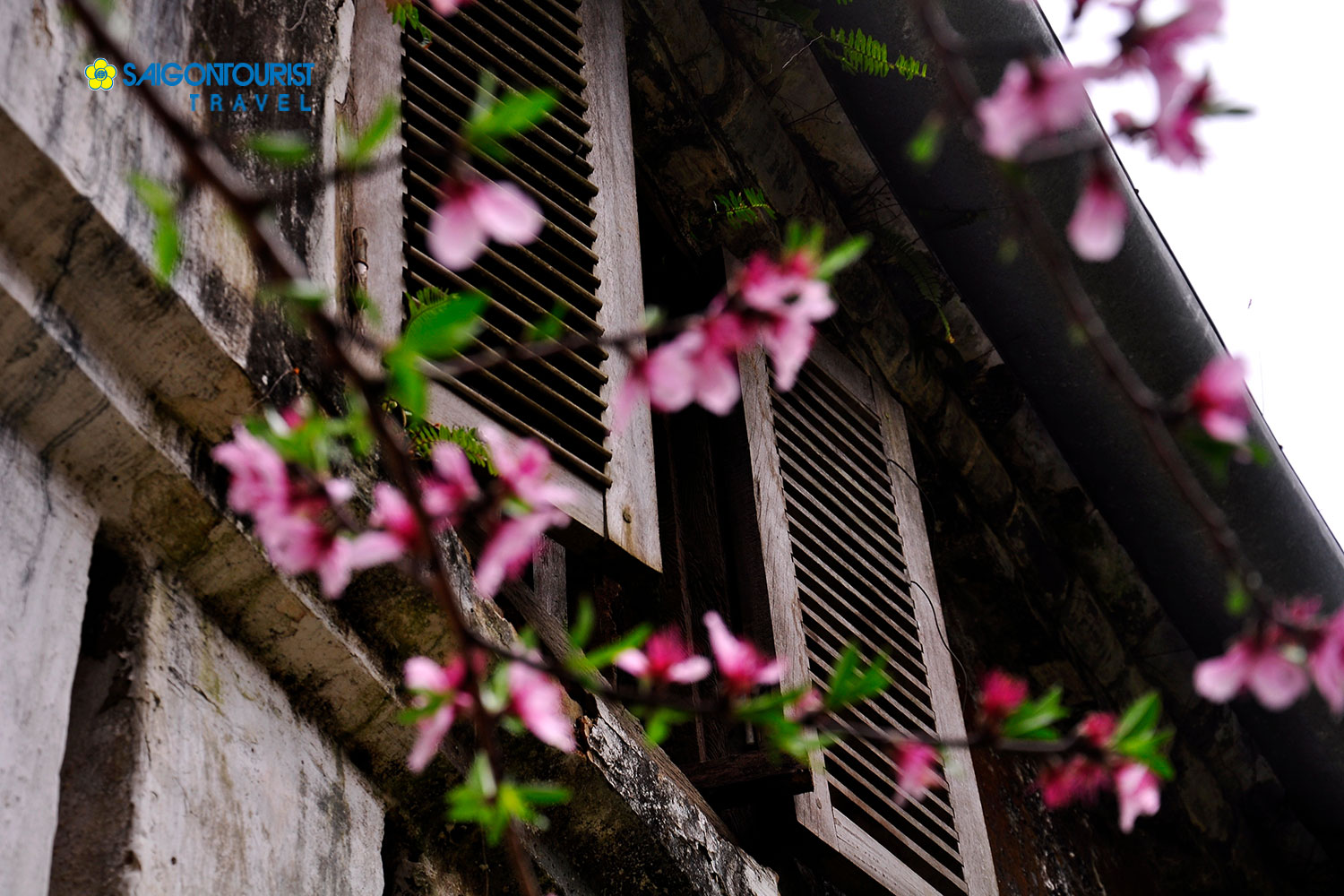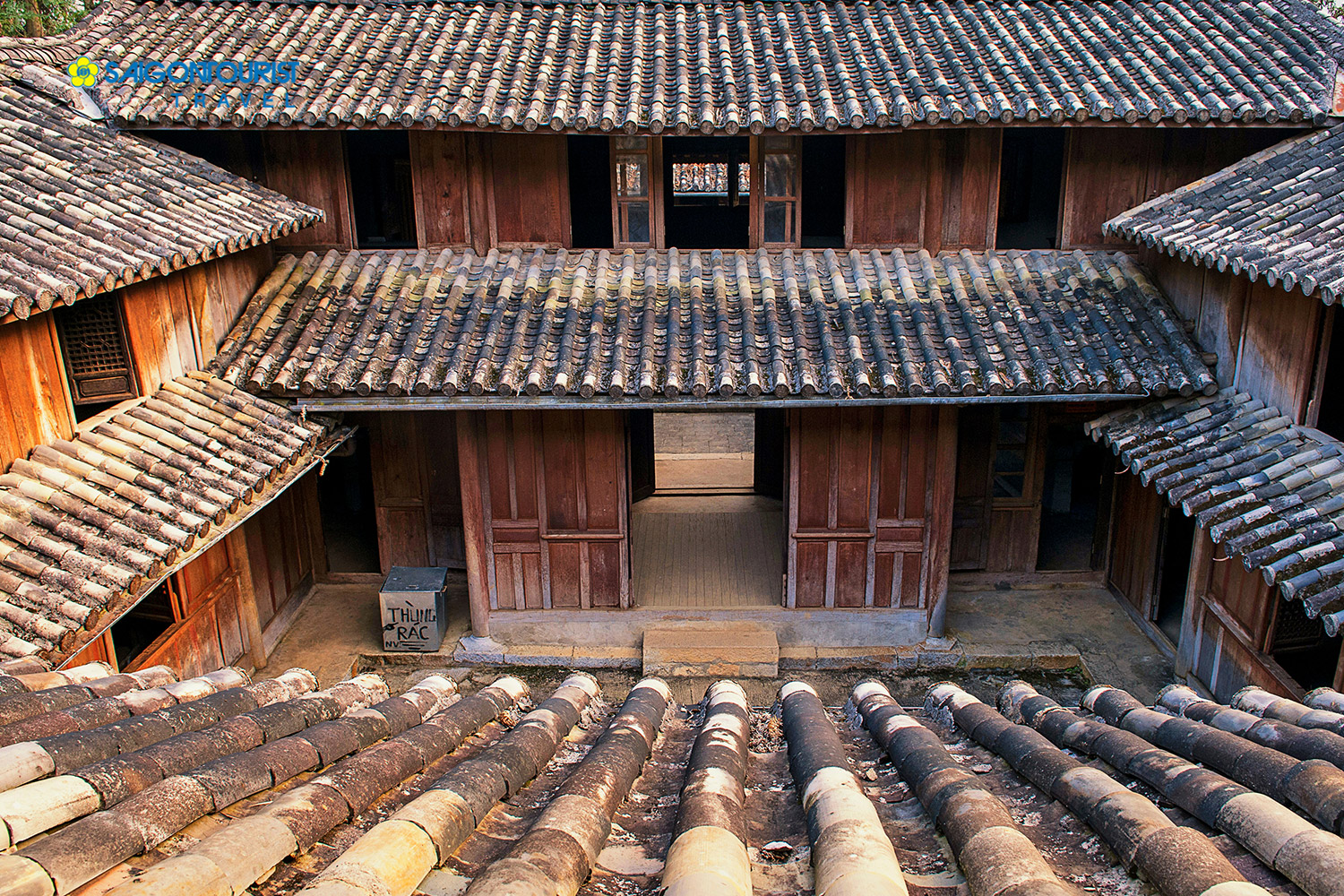

The Vuong Palace located in Dong Van Plateau, province of Ha Giang has been a well-known tourist destination for several years now. A century-old mansion and once home to an influential family headed by a powerful don in the 20th century, it also was recognized as a national cultural heritage by the government in 1993.
The palace survived 2 major wars: the French War and the American War. As a result, Vuong Palace is also treated as a symbol of the past glory of the H’ mong people. In fact, the palace was also called Vua Meo in honour of the king of the H’ mong ethnic people.
Vuong Chinh Duc led Vuong family from 1865-1947 in an empire stretching as far as from the province’s Dong Van Plateau to Meo Vac Town. The massive production and cross-border trade of opium back then made him the richest and most powerful man in the area. To protect his reign, that’s when he built the Vuong Palace. Covered an area of 1,120 square meters in Sa Phin Commune, Dong Van District, the mansion was designed with Chinese architecture and interior and surrounded by 700 century-old trees to keep it hidden and protected from enemies.
Vuong Palace took eight years to build. With 200 skilled construction workers from China’s Yunnan province (bordering Vietnam) laboured on the massive residence which became home to the king, his three wives and four sons. The palace cost 150,000 silver coins to make, or an equivalent of VND150 billion (US$7.5 million) today.
Vua Meo (the other name for Vuong Palace) looks very similar to royal residences in China during the Qing Dynasty three to four centuries ago with its stone, valuable wood, terracotta tiles and two-story structure. The living room has a horizontal lacquered board engraved with Chinese characters given by the king of the ruling Nguyen Dynasty then. All 64 rooms of the palace are decorated with carvings of dragons, phoenixes and bats, symbols of strength, royalty and respectively.

Vuong Palace is also notoriously dubbed the “Opium Palace” because the whole place is filled with stone or wood engraved with poppy flowers and fruit patterns. In fact, the underground cellar on the left side of the mansion was designed purposely for storing opium. Other cellars in the palace were used to store food and weapons. In the backyard of the palace is a half-moon-shaped stone bathtub where Chinh Duc’s first wife bathed in goat’s milk. According to local legend, Vua Meo (King Chinh Duc) forced local officials to give him goat every month to get milk for his wife’s bath. Around the palace is a big garden wherein the royal family planted pears, peaches and different kinds of fruit trees.
King Vuong Chinh Duc died in 1947, then his second son Vuong Chi Sinh took over the reign of the empire and dedicated the rest of his life fighting the French. Until now, surviving members of the Vuong family still live near the area, working as caretakers and tour guides of the historical Vuong Palace.